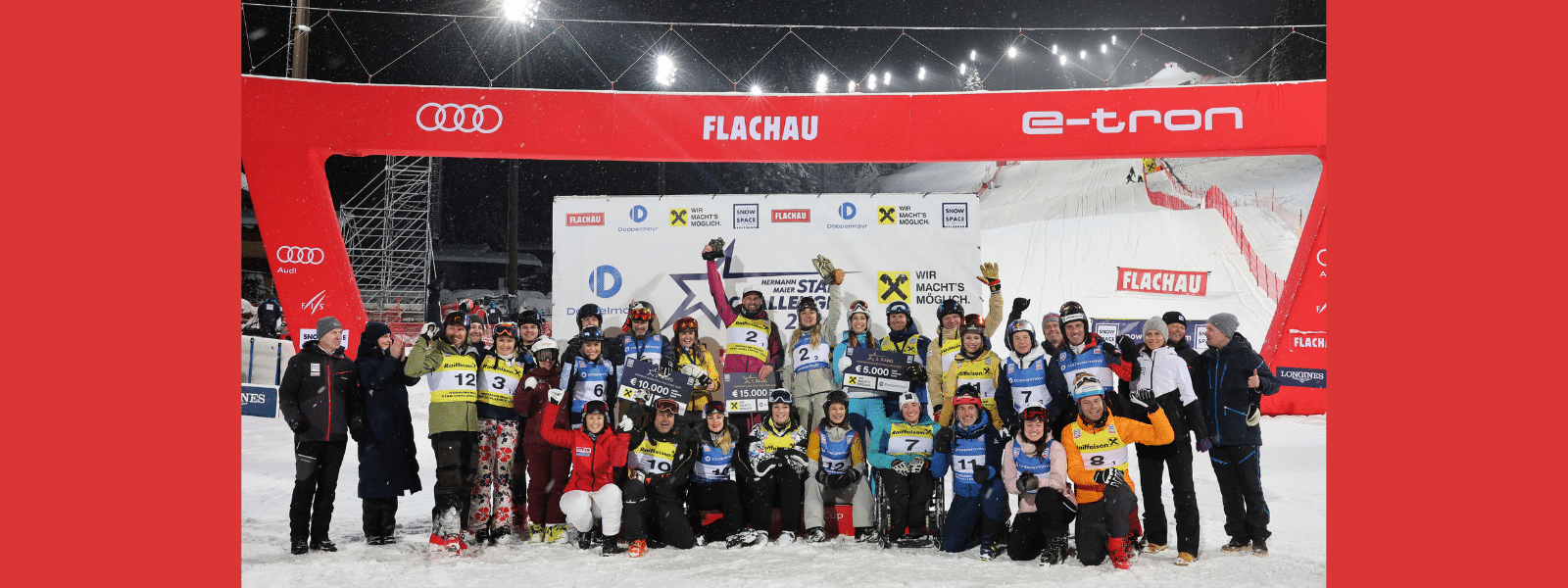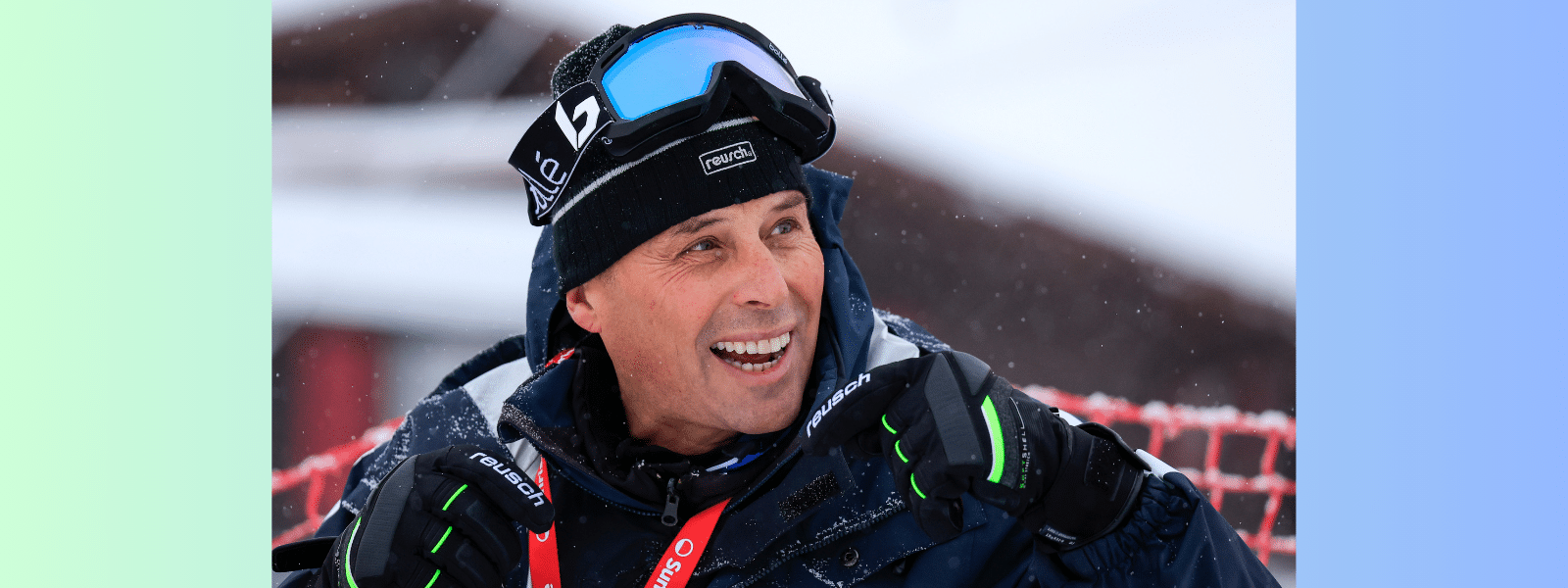Every Turn Counts: Make the most of any snow time you get
If you’re not on the U.S. Ski Team or at a full-time ski academy, your ability to chase snow most likely comes down to a week in the summer, and, if you’re lucky, a few days somewhere at higher elevation before the snow flies. How can you make the most out of that precious snow time? Top coaches from across the country share their advice on the best opportunities and how to capitalize on them.
WHO NEEDS CAMP?
The push for maximum days on snow has become an arms race, challenging programs to provide (and parents to pay for) ever more offseason training opportunities for every athlete. The decision to start pursuing off or preseason training should be based on many factors including age, athletic goals, competitive schedule, academics, finances, etc. but should always start with an athlete’s readiness and enthusiasm. Some kids can’t get enough skiing and others need time off skis to recharge. As Sugar Bowl Academy Alpine Program Director Eric Harlow puts it, “If a kid is crazy about skiing, no matter what age, then I recommend using every opportunity to get that kid time on snow. Likewise, an athlete that doesn’t want to be on snow, doesn’t need to be on snow.”
WHERE TO GO
Where to go depends on your objectives and the time of year. Former World Cup racer Martin Tichy, who runs Tichy Racing camps in the U.S. and abroad, sees Mt. Hood as the number one place to start with a ski camp experience. “The conditions, the slope and the snow are the most predictable and consistent,” he says. “It’s like an outdoor gym. You know what you’re going to get, and can get into a routine. It can feel like Groundhog Day, but that is great for working on skills.” U.S. Ski Team and World Pro Tour alumnus Ken Corrock has run camps all over ski country since 1973, and notes that “a summer camp on a glacier in Europe, like Saas Fee, can be built around an epic family vacation.” The same goes for trips to the Southern Hemisphere, where you can find winter snow in late summer or early fall. Early and late season, it seems like the entire ski racing world convenes on the peaks of Summit County, Colo., but don’t overlook lesser-known spots like Panorama, B.C., in November (hello Canadian dollar!), and Mammoth Mountain in May.
WHEN TO GO
For younger kids, up to U16s, a week spent at the very beginning of summer utilizes momentum from the previous season, while a week at the very end of summer can carry over into the next season. Either block leaves plenty of time to pursue other sports that promote body awareness, balance and challenge. At the U16 level, preseason camps in Colorado help get kids up to speed for the earlier competition schedule.
“Thanksgiving camps let kids take advantage of extended school breaks and often offer the chance to see the world’s best skiers in action,” says Corrock. That inspiration can be worth just as much as the training.” Harlow urges kids with limited offseason opportunities to maximize those sessions. “If you’re only skiing for a week every summer and then another week in November, then it’s critical that you find a camp that makes the most of the day on snow,” he says. In a five-day camp, an extra hour each day can add up to an extra day’s worth of skiing by the end.
START WITH A PLAN
Offseason is the ideal opportunity for an athlete and coach to set a solid technical foundation to build on throughout the upcoming season. It’s also the time to identify and address the root cause of any shortcomings from the previous winter and establish technical goals for the approaching season. “This analysis sounds obvious but it takes a lot of thought and communication between athlete and coach,” says Mark Smith, longtime club, academy, national team and private coach. He suggests that coaches and their athletes discuss objectives prior to any offseason training and agree on a strategy to achieve clearly stated goals. Even if you go to camps with other coaches or programs, you can still be working towards those goals established with your primary coach.
STICK WITH THE BASICS
“The fundamentals of technique are the most important aspects of your skiing to focus on, especially in early/preseason training,” says Smith. “Keep it simple and resist the temptation to focus on too many things, because not everything will be solved in this one training opportunity.” Jane LeMasurier, whose U14 athletes at the Ford Sayre Ski Club typically don’t touch snow from mid-April to mid-November, fully agrees. “There is a lot that goes into this sport, so all the more reason for a club kid to take a week to master a skill or two and get the basic ingredients right.” The former University of Vermont racer prioritizes an understanding and sensation of proper stance, balance (see more about balance, below) and edging — skills that need to be solid in order to support more complex fundamentals and tactics that can be blended in later. The back to basics approach takes discipline and may seem more boring than just heading straight in to gates (as is too often the temptation early on), but time spent mastering fundamentals will pay huge dividends when ski season starts and training intensity ramps up to full speed.
PROGRESS WITH PROGRESSIONS
The lack of urgency in the offseason creates a prime opportunity to start slow and build into full-on training, first with freeskiing drills and then with short drill courses. Building up to speed, using brush gates, stubby gates, and smaller slalom poles, is beneficial at every level. “At Saas Fee we see everyone from the youngest groups of skiers to Fritz Dopfer and Felix Neureuther running mixed gate/stubby slaloms across the hill,” says Corrock.
MAKE IT ROUTINE
The offseason, with less pressure and more time to experiment, is an ideal time to create or fine tune a daily routine. Establishing a system of warm-up movements or drills that can be done at the start of every training and racing day will allow for greater consistency in a wider range of conditions and situations.
GOOD VISUALS ARE KEY
Daily video analysis — so athletes can clearly see and understand what they are working on and monitor progress — is a key part of every camp. Summer and early season camps also offer up great experiences for training alongside top-level racers or to watch them up close. Erich Sailer’s camps — now in their 60th year — feature a star-studded stable of coaches (many Sailer protégés) from collegiate racers to former or current U.S. Ski Team members. “At least a couple of the coaches must be top-notch demonstrators and still great pace setters. All of them love to work with the junior racers and keep it fun,” notes Sailer.
THE FUN FACTOR
Camp gets busy when you try to fit in time on snow, both freeskiing and in gates, video sessions, tuning and dryland training. It’s important to balance the hard work with fun, and also experience the culture of wherever you are. Go on hikes, see the sights, jump in lakes, explore the town, hit the alpine slide, buy the T-shirt. It is camp after all.
 ELITEAM Conditioning Camps & Clinics
ELITEAM Conditioning Camps & Clinics
ALL ABOUT BALANCE
Hermann Gollner, a former Austrian national team racer who has coached in the U.S. for decades, emphasizes balance skills when first getting back on snow, because balance and strength are so codependent. “If you don’t have the strength you will run out of balance sooner down a course, and if you lose your balance often it surely will shut down your strength and cardio fitness.” Gollner’s background in both gymnastics and aerials gives him an acute understanding of the critical importance of balance, which he divides into general balance and sports-specific balance. Slacklines, Bosu balls, unicycles and inline skates are all good to use, but they address general balance The very best balance training for skiers will always be on skis, on snow. By starting with easier tasks and raising the bar with mastery, Gollner describes how coaches can add difficulty without increasing risks: “Move from gentle terrain to steeper terrain, from a smooth surface to a rougher surface, from slower speeds to higher speeds and from smooth, slower motions and reactions to very quick and explosive ones.”

Note: Balance drills — especially one-legged drills and particularly at high altitudes — are physically very demanding. A coach must keep that in mind and train them in shorter intervals tailored to the fitness level of athletes and the fitness/skiing goals of the camp.























